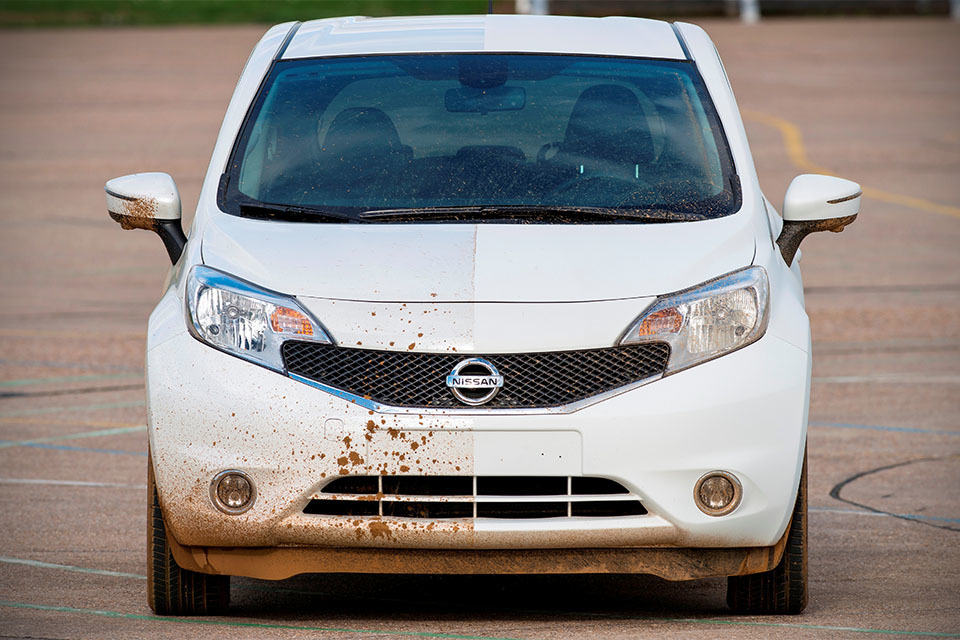If you don’t already know, all passenger airliners in the air are tracked and until now, air traffic controllers rely solely ground-based surveillance to do so. But being ground-based, it is obviously not going to cover every inch of the airspace. In fact, we learned that ground-based radars only covers 30 percent of the globe. This means airliners will be out of reach of the ground tracking technology more often than you think. To cover the void, airliners are mandated to send update of the aircraft’s position every 10-14 minutes when they are not covered by ground radars.
However, that being a manual task, it is not uncommon for pilots to not send in their position and thus making it not a foolproof solution. That’s not mention that the data isn’t real-time. It is sad to say that because of these uncovered airspace, several commercial carriers in modern aviation history were lost without trace because, no one knows where the airliners were last before losing contact with the ground. This is where Aireon Space-based Air Traffic Surveillance System will be able help. As the name implies, Aireon takes tracking to the space, allowing ADS-B-equipped (Automatic Dependent Surveillance-Broadcast) aircrafts to be surveilled anywhere on Earth.
It is like having eyes in the space, not hindered by the Earth’s curvature or the radar’s line of sight. Aireon tracking works much like GPS, except that it might be more superior over GPS as it has virtually nothing to block the signal between the system and the aircrafts. With this system, flight safety could improve too. Aireon system is expected to reduce overall flight safety risks by around 76 percent in the North Atlantic where it just kicked of trial operations.
“Improved visibility and control over previously un-surveilled airspace—especially across oceanic regions—will allow airlines to fly routes at optimal speeds and levels, delivering expected cost savings of up to US$300 per transatlantic flight, plus reducing carbon dioxide emissions by two tonnes per flight, based on an analysis conducted by NATS and the International Civil Aviation Organization (ICAO).”
Not only that, Aireon said that with eyes in the space, it will allow air traffic controllers to trial the reduction of aircraft in-trail separation distances from current 40 nautical miles (nm) to as little as 14 nm. This will allow maximizing the airspace, in a safe manner, to accommodate the growth in aircrafts zipping across the sky in near future. North Atlantic was chosen for the trial as it is the busiest oceanic airspace in the world with over 500,000 flights every year and could grown to as much as 800,000 flights per year. If anyone’s counting, that’s over 2,100 flights a day and about one and half flight every single minute.
With so many flights over the North Atlantic and its no lack of remote regions, it is the perfect proving ground for this revolutionary space-based ADS-B. Eight years in the making, Aireon’s ADS-B payloads are hosted on the Iridium NEXT satellite constellation, with the final deployment took place on January 11, 2019.
If you have been following this blog, you will know we don’t usually post news like this, but seriously, this development is one that should be applauded and supported, as it is an advancement in flight safety for now and into the future. Now, if could ask those countries with space-capable rockets to stop shooting down satellites for fun…
All images courtesy of Aireon.






